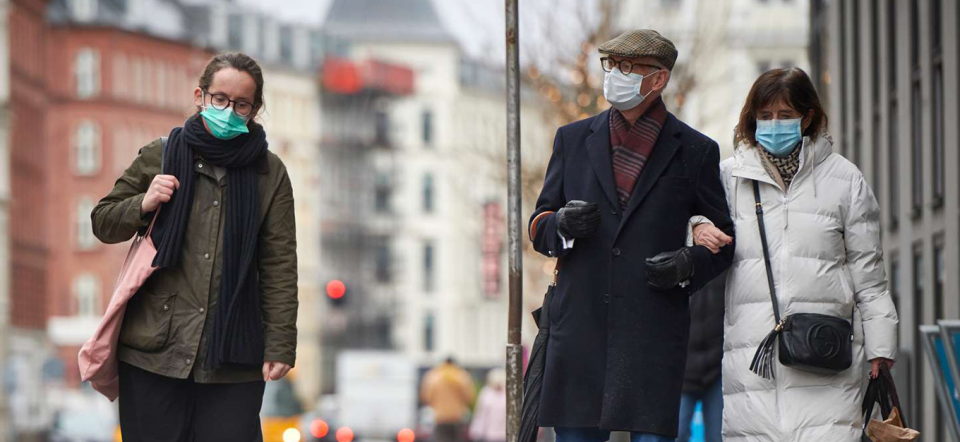How will the infection spread when we are in the midst of a pandemic? The Nordic Pandemic Preparedness Modelling Network (FUTUREDEMICS) is attempting to answer this question using advanced infection models.
Instead of guessing, infection models based on the current infection situation can provide an indication of how the infection is expected to spread two to three weeks into the future. The models can also be used to explore scenarios – i.e. what might happen under different assumptions. For example, if new restrictions or vaccinations are introduced, or a more contagious variant emerges. Scenarios are about showing possible developments and helping decision-makers prepare for possible outcomes and assess the consequences of decisions.
The network, which is part of NordForsk's focus on research into societal security, has brought together people who work with modelling in Sweden, Finland, Norway and Denmark. The aim is to strengthen pandemic preparedness by developing models that can help authorities and decision-makers to act quickly and effectively in a crisis situation.
The network will also contribute to closer co-operation between public health institutions and universities in the Nordic region, so that knowledge and tools can be shared across national borders and make the region better equipped to deal with future pandemics.
Birgitte Freiesleben de Blasio is a professor at the University of Oslo and the Norwegian Institute of Public Health (FHI) and heads FUTUREDEMICS.
"Pandemics arise suddenly and can develop rapidly, so there is a need to respond quickly and make decisions in a short time frame, often based on uncertain knowledge. During the COVID-19 pandemic, we saw how infection models were used more actively than before to understand and limit the spread of infection. They provide authorities and politicians with a better basis for making decisions," she says, adding:
“It is important that we make the models relevant to the decisions made by the authorities. To do this, we need to know the needs and questions of the decision-makers and be able to explain the strengths and weaknesses of the models so that they can be used correctly.”

Great need for modelling groups
The network has participants from two previous research projects that have been funded by NordForsk. One is the interdisciplinary project NORDEMICS, and the other is the health project NordicMathCovid.
Read more about the two projects:
Mathematical models can predict the spread of disease
Nordic health data offers unique insight into pandemics
"It is a great advantage that FUTUREDEMICS is based on two previous research projects, because we know each other from before, and that lowers the threshold for collaboration. We must keep the network active so that we can activate it when we find ourselves in a crisis situation. There is growing demand for research groups working with modelling to provide knowledge to politicians," she says.
According to Freiesleben, infectious diseases spread much faster today than in the past, which means that the risk of new epidemics and pandemics is greater. This makes modelling tools even more sought after.
"The risk of new infectious diseases is considered to be greater today than in the past. There are more of us, we travel more and we affect nature in ways that bring us closer to wild animals and new viruses. Whereas during the Black Death in the 14th century, it took several years for the disease to spread from southern Europe to the Nordic countries, today an infection can reach the entire globe in a matter of days," says Birgitte Freiesleben de Blasio.


Is the Nordic region prepared for a new pandemic?
NordForsk has funded several research projects that shed light on various aspects of the handling of the COVID-19 pandemic in the Nordic region. Here are examples of some of the other projects:
Scandinavia helped push poor countries to the back of the vaccine queue
Political top-down management trumped Nordic crisis management principles
Three years after the pandemic, we still don't know if the restrictions were justified
These partners are part of the network:
Finnish Institute for Health and Welfare (THL)
Public Health Agency of Sweden
Norwegian Institute of Public Health
Statens Serum Institut in Denmark
University of Oslo
NTNU – Norwegian University of Science and Technology
Stavanger University Hospital
Roskilde University
University of Copenhagen
Technical University of Denmark (DTU)
Stockholm University
University of Gothenburg
University of Helsinki
Aalto University


